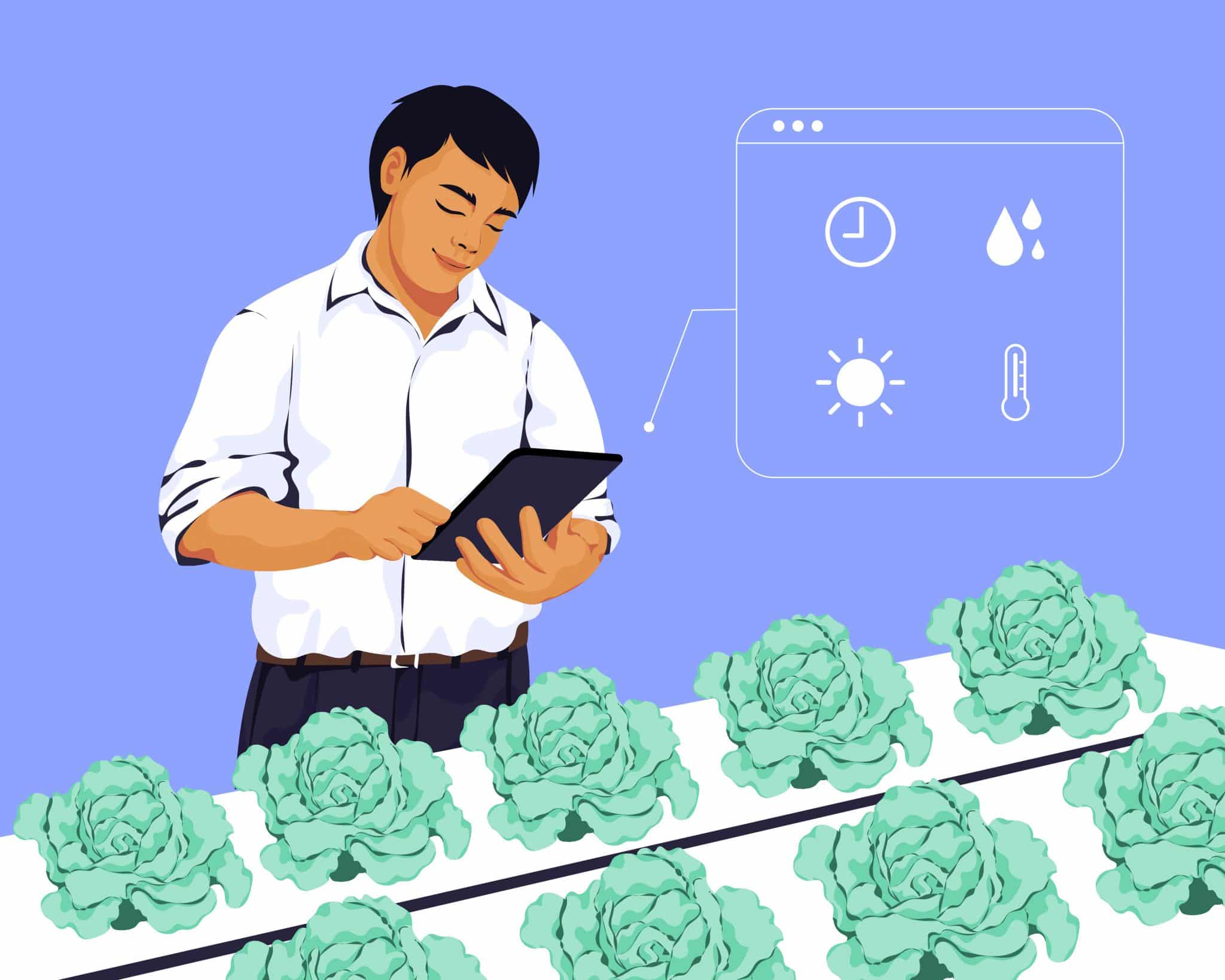Worried about the humidity level in your grow tent or grow room? Managing excessive humidity is a common challenge many indoor growers need help to solve. If your space gets too humid, mold and mildew can threaten your crop. The key is investing in the right dehumidifier and ventilation equipment for your setup before it’s too late.
This guide will explain why humidity matters, how to lower humidity in your grow space, and which dehumidification equipment is best for different growing situations.
Why Humidity Matters to Indoor Growers
Controlling humidity, or the amount of water vapor in the air, is critical for indoor growers. In the industry, we often use the term relative humidity (RH), which measures how much moisture is in the air relative to how much moisture the air can hold at a given temperature.
The ideal RH level for most indoor grow operations is 40-60%. This means that the air contains 40-60% of the water vapor it can hold at a particular temperature. Additionally, air can hold more water vapor when the temperature is higher.
Maintaining the ideal RH level is essential for a couple of reasons:
- Too little humidity can bring on drought stress, which can lead to stunted growth, yellowing leaves, and premature flowering.
- Too much humidity can lead to mold and mildew growth, bud and root rot, and disease and pest problems, which can ruin your crop.
Mold and mildew are two of the biggest threats to any grow operation. These fungi thrive in humid environments and can quickly destroy an entire crop. Excessive humidity can also lead to problems with pests and diseases. It also slows the rate of evapotranspiration (the process by which plants release water vapor into the air). This means that plants are slower to regulate their internal temperature.
Additionally, high humidity levels can make CO2 uptake (and photosynthesis) inefficient. High humidity can reduce root water and nutrient uptake abilities. To avoid these problems, it’s essential to keep an eye on the humidity levels in your grow room and take steps to adjust as needed.

Why does it get so humid inside grow rooms?
When you grow plants indoors, you create a closed system where humidity can quickly build up. Plants release water vapor into the air through their leaves, which can condense on surfaces like walls and ceilings. Evaporation from water in both soil and hydroponic systems also adds more water to the air.
High humidity levels are also exacerbated by poor ventilation in grow rooms and grow tents. Without a way to circulate and exit the closed system, the air gets tropical pretty fast—especially if you live in a naturally humid climate.
Why Ideal Humidity Isn’t Constant
Crops and plants require various humidity levels throughout their lifecycle to thrive in an indoor artificial environment. We highly recommend researching your crop’s humidity requirements because it varies. On average, the following optimal humidity ranges are suggested based on plant life stages:
- Seed – 65-75% RH. High humidity because the root system is still not established, but lower levels than germination because they use their leaves for nutrient uptake.
- Vegetative – 50-70% RH. The root system forms, and water evaporates from the leaves, raising humidity levels. Lowering RH as it grows is key to optimal humidity levels during this stage.
- Flowering – 40-50% RH. Humidity above this range can damage the plant because it needs to rely on nutrient-filled water to nourish itself instead of water vapor.
As your plants grow and progress through their lifecycle, the humidity typically needs to be lowered. This is another reason you must always be aware of the humidity level in your grow area.
How to Measure and Monitor Grow Space Humidity
Measuring and monitoring humidity levels are vital for healthy plants and successful harvests. By understanding how to measure humidity, growers can ensure their plants’ environment is never too wet or too dry. The most basic way to measure and monitor humidity levels in your grow space is with a hygrometer, which measures the amount of water vapor in the air. It’s often seen as a 2-in-1 tool that also measures temperature.
However, if you have a bigger budget, environmental sensors and controllers can do the job of measuring and monitoring your grow room’s humidity level for you, along with temperature and CO2 levels.
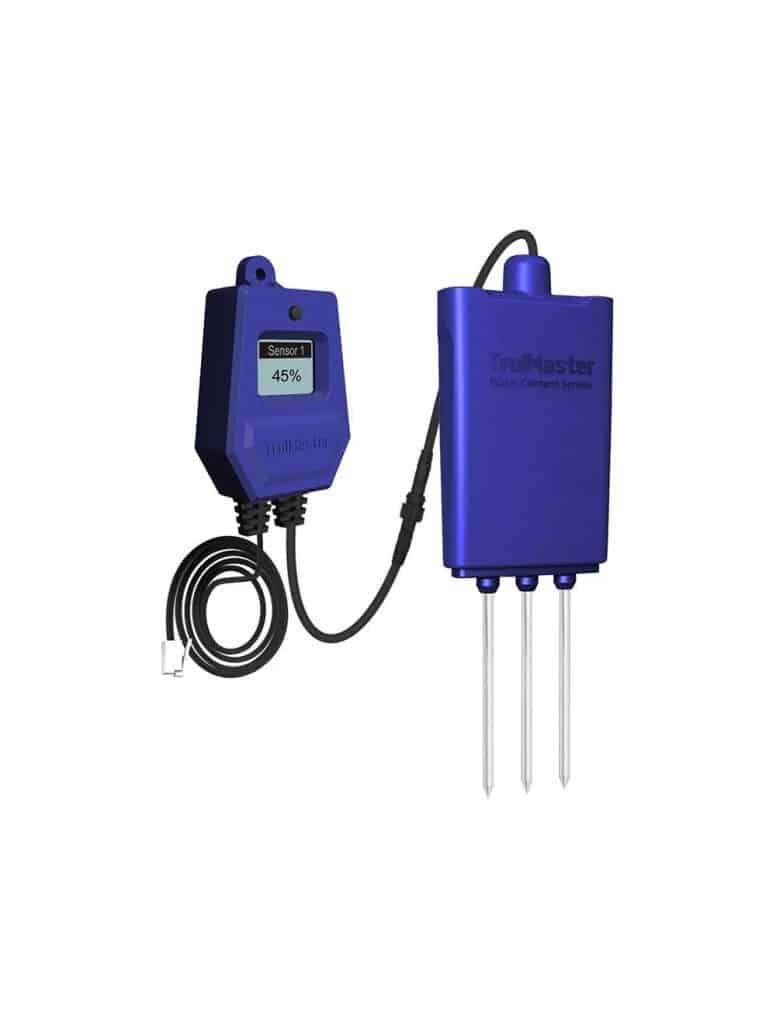
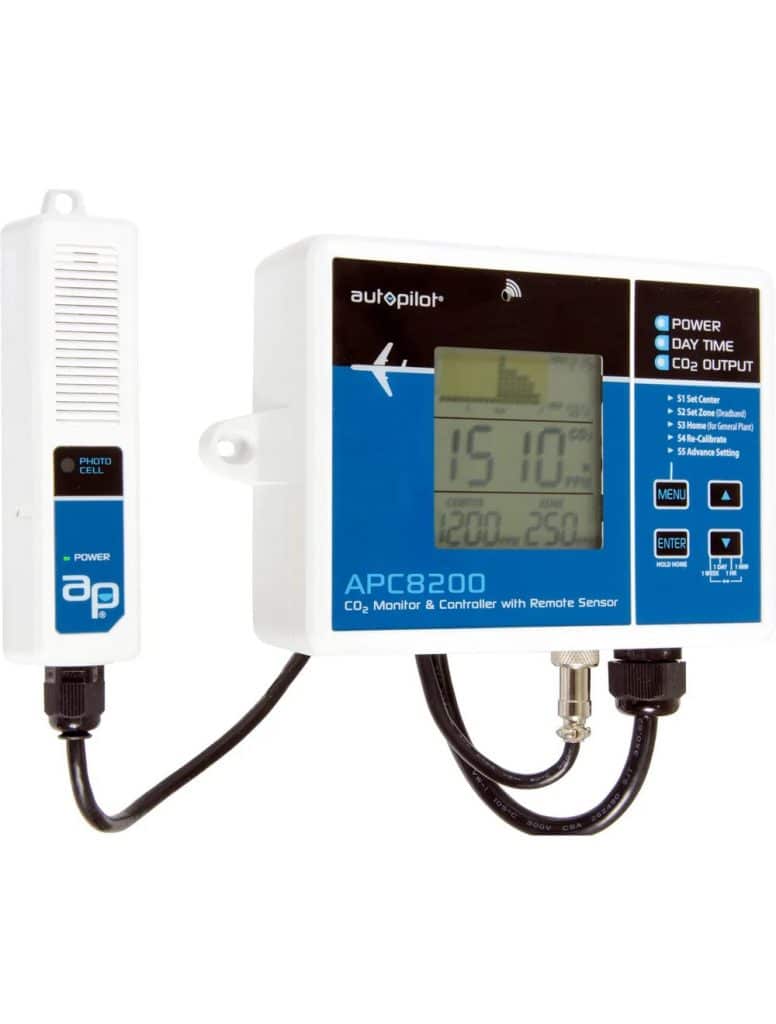
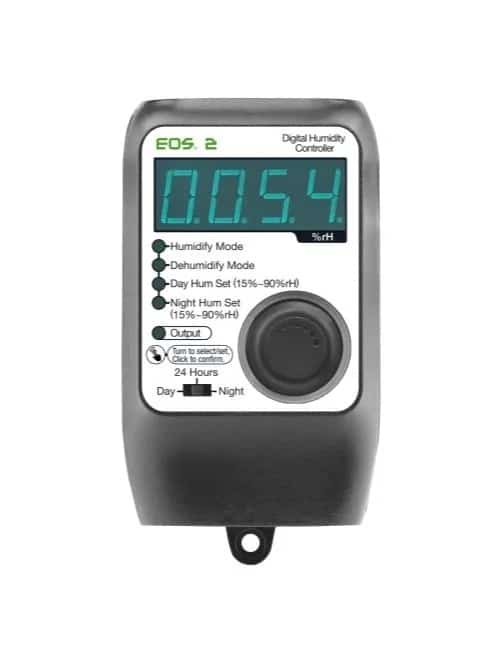
Monitoring humidity is essential, but it is only one part of the equation. Growers also need to be aware of the temperature and ventilation in their grow space. By understanding all three environmental factors, growers can create the perfect environment for their plants.
How to Lower Humidity in a Grow Tent or Grow Room
You can do several things to try and lower the humidity in your grow tent.
- Avoid overwatering – Overwatering is one of the leading causes of high humidity in grow tents. Ensure you’re not giving your plants too much water and that any drainage holes are clear.
- Check plant density – If you have too many plants in your grow tent, this can cause the humidity to rise. Try thinning out your plants to see if this helps.
- Remove stagnant water – Any stagnant water in your grow tent (e.g., in a plant saucer) can contribute to higher humidity levels. Remove any stagnant water and dry out the area as much as possible.
- Improve ventilation – Another way to lower the humidity in your grow tent is to improve the ventilation. This will help eliminate any excess moisture in the air and can be done by opening doors or windows, using fans, or installing an exhaust fan.
- Use a dehumidifier – If the humidity in your grow tent is still too high, you can try using a dehumidifier. This will help to remove any excess moisture from the air and can be placed inside your grow tent. More on this later.
- Use an air conditioner – If the humidity in your grow tent is really high, you may need an air conditioner. This will help to lower the temperature as well as the humidity levels inside your grow tent.
- Consider defoliating plants – One way to lower the humidity in your grow tent is to defoliate your plants. This will help to improve ventilation and can also help to reduce the amount of water that your plants are taking up. Defoliating should only be done as a last resort and if you do decide to do it, make sure you do it carefully so as not to damage your plants.

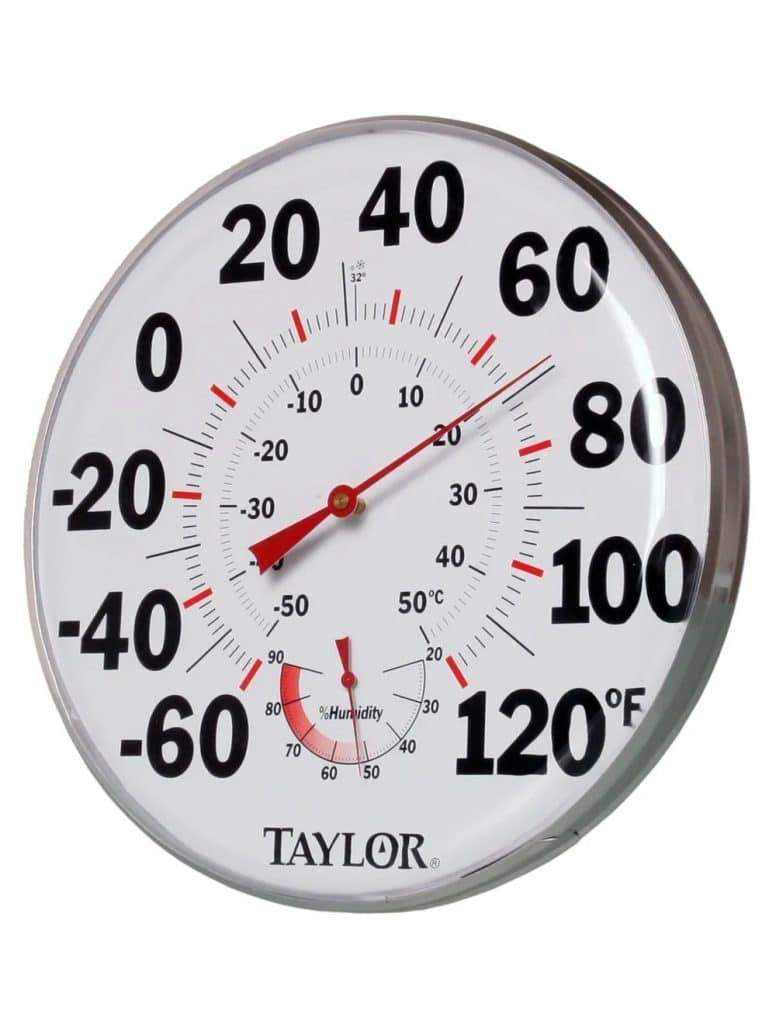
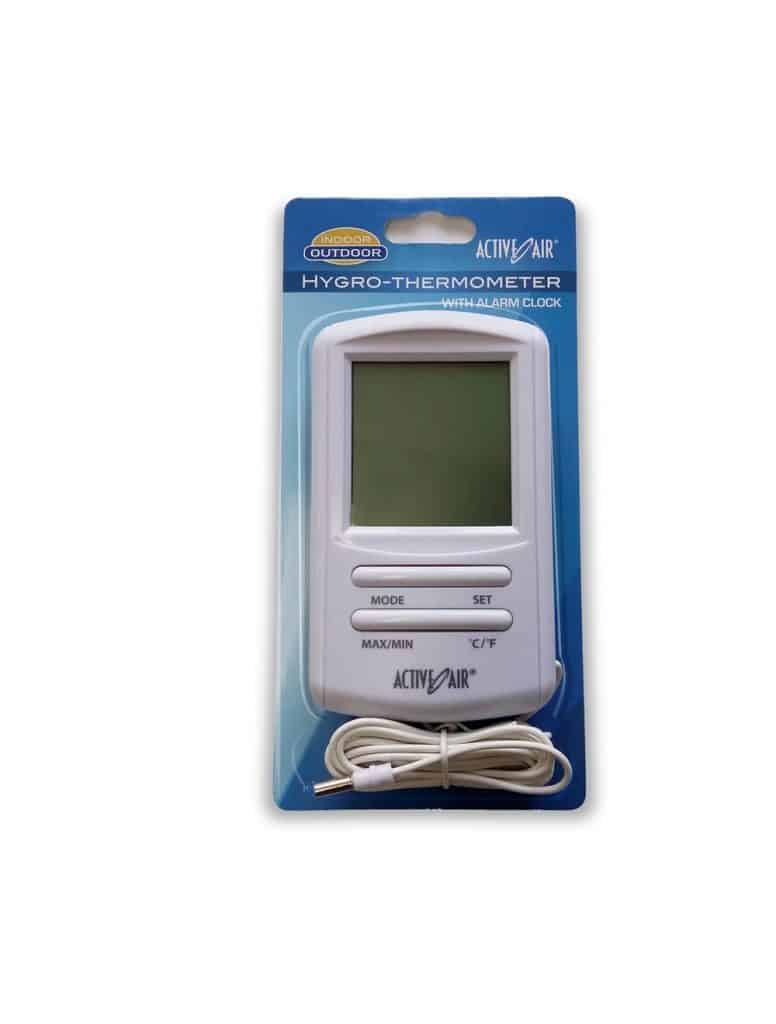
Grow Tent Ventilation and Air Circulation Equipment
Good ventilation, with fresh air being pulled in and interior air being exhausted, keeps temperatures down and keeps water from pooling anywhere too long. Investing in ventilation, ducting, and dehumidification equipment designed for a grow tent is the key to lowering humidity.
Fans and blowers support necessary airflow while considering limited space for small-scale hydroponic systems or indoor home growers. Commercial-grade fans are also available with automated features that shut off if it overheats and multiple fan speed settings.
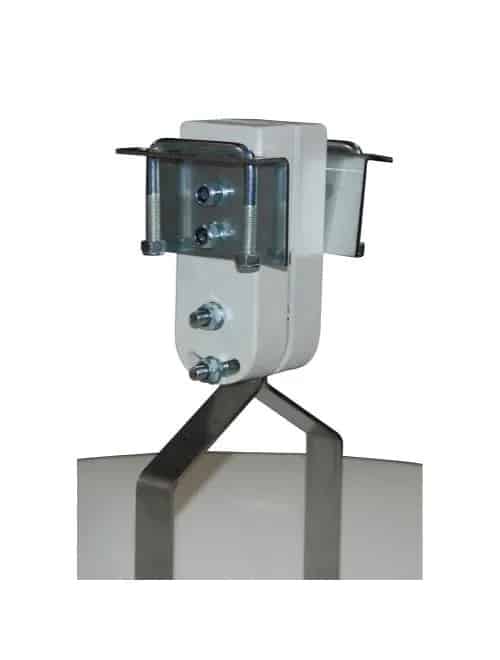
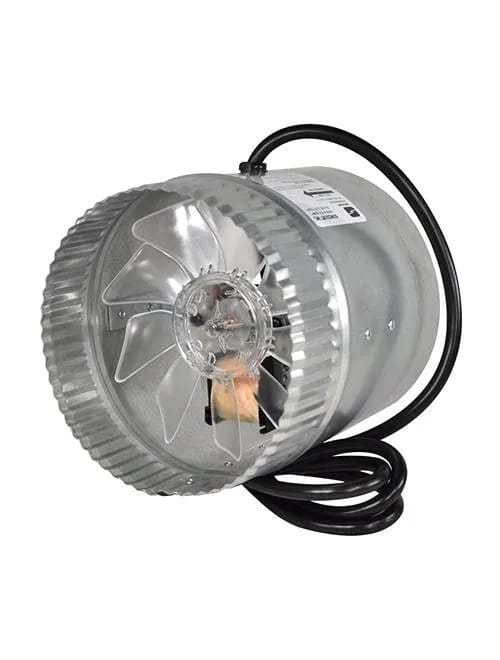
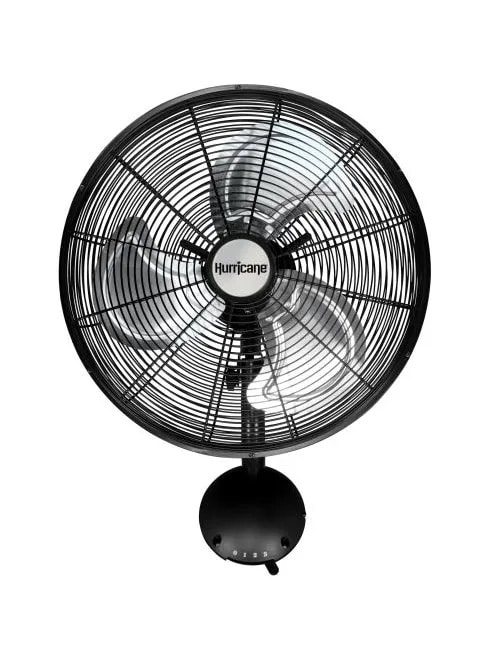
Grow Tent Dehumidifiers
Dehumidifiers absorb the excess moisture lingering in the air of a grow tent. Although dehumidifiers aren’t necessary for all grow tent situations, a dehumidifier may be a great option if you have crowded or really dense plants. Consider lower-capacity portable dehumidifiers to get the job done.
When choosing a dehumidifier for your grow tent, it is crucial to consider the size of the space, how intense your dehumidification needs are, and your budget. This will regularly include equipment capable of about 30 pints a day up to approximately 180+ pints per day.

Here is a quick dehumidifier guide for several popular tent sizes:
- Best Dehumidifier for a 4×4 Grow Tent – Eva-Dry E-500 Mini Renewable Wireless Dehumidifier is small, wireless, wall-mounted, and designed for clutter-free limited spaces.
- Best Dehumidifier for a 5×5 Grow Tent – IdealAir Dehumidifier 30 Pint is small yet strong enough to absorb 30 pints daily, which is ideal for this grow tent size.
- Best Dehumidifier for a 10×10 Grow Tent – Utopian Systems 190 Pint Dehumidifier Portable is compact enough to fit, offers portability for flexible grow tent design, and can absorb large amounts of moisture.
Grow Room Dehumidifiers
A grow room dehumidifier is essential for anyone serious about indoor gardening. There are a variety of dehumidifiers on the market, and the appropriate model for your grow room will depend on the space size and the climate. Environmental controller systems are also available for more complex grow operations, which can automate the dehumidifier operation and other grow room equipment.
What size dehumidifier do I need for my grow room?
Dehumidifier capacity is measured in the pints of moisture removed per day. They range from several ounces per day on small capacity units to 710 pints per day on large industrial scale units. It’s pretty simple to figure out how big your dehumidifier needs to be. It’s all based on how much water you are giving to your plants:
[# plants] x [gallons per day, per plant] x [8 pints in a gallon] = [pints per day dehumidifier capacity]
For hydroponic systems, starting with the capacity of your hydroponic system is the way to go:
([hydroponic system capacity (gallons)] x [8 pints in a gallon]) / 7 days per week = [pints per day dehumidifier capacity]
Best Dehumidifiers for Grow Rooms
We suggest using a commercial-grade heavy-duty dehumidifier for large-scale grow rooms, hydroponic systems, indoor cultivation facilities, and vertical farms. In addition, ventilation and duct components are designed for hydroponics to adapt to facility HVAC systems. There are also fan speed controllers that streamline the climate control process.
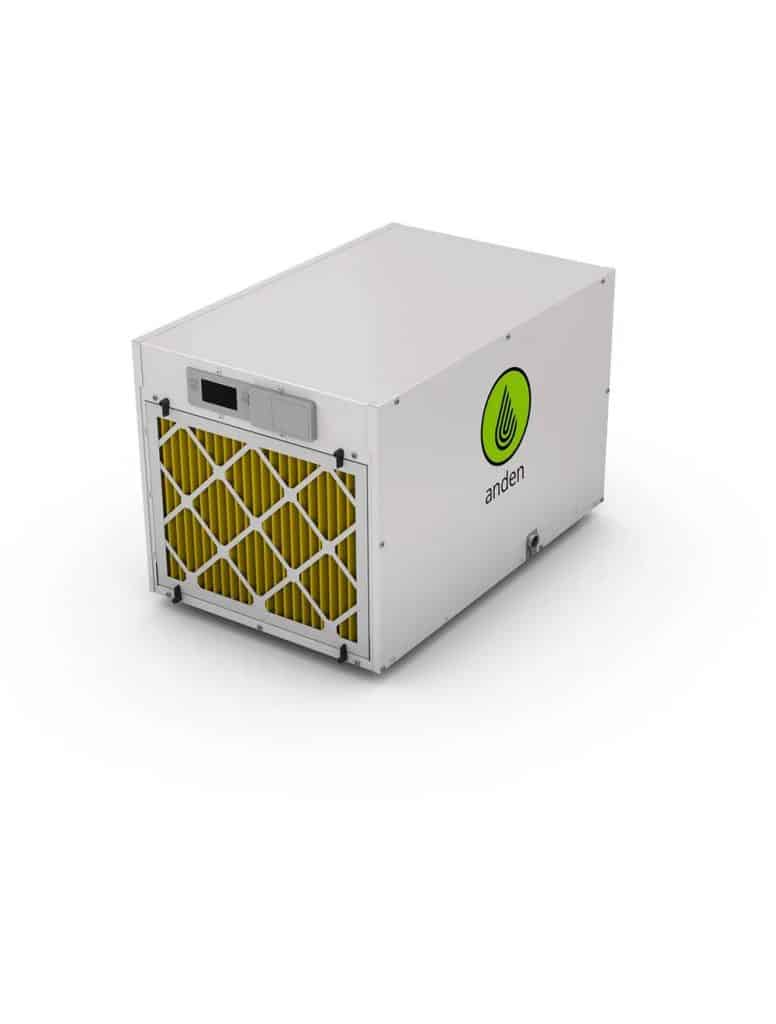

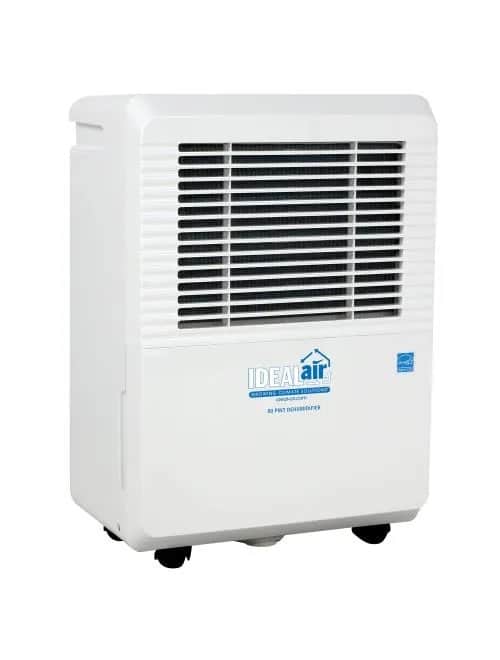
Shop GrowGeneration Dehumidifiers for Grow Rooms and Grow Tents
Investing in quality dehumidification equipment is necessary if you are serious about indoor growing. And GrowGeneration is the perfect place to find the ideal dehumidifier for your setup. So don’t wait any longer; browse our selection of dehumidifiers today to find the perfect one for your indoor growing needs.
Shop dehumidifiers now or visit one of our stores.
Do you need help selecting the right dehumidification equipment for your grow room or tent? Our team of professionals can help. Contact our team at (800)-935-8420 or support@growgeneration.com.





